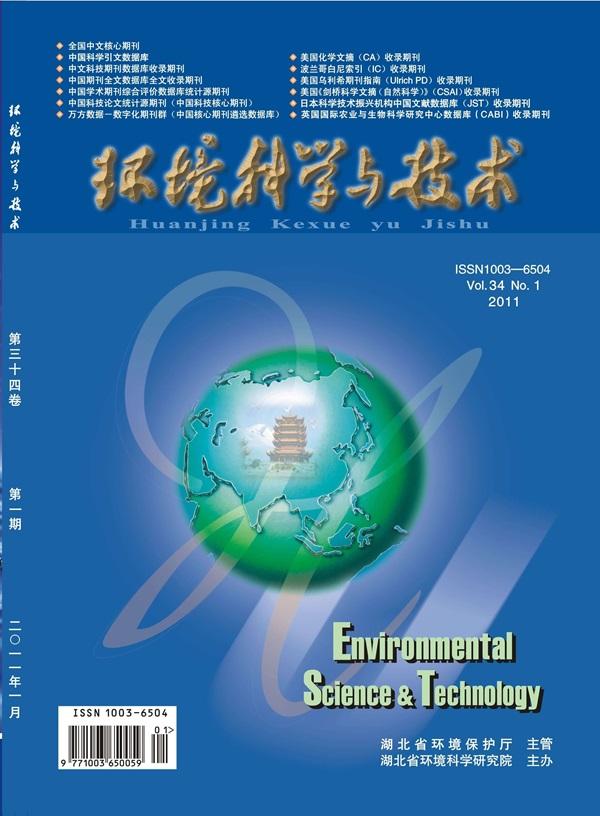Occurrence, Removal, and Risk Assessment of Antimicrobials and Their Transformation Products in Effluent from Australian Wastewater Treatment Plants
IF 11.3
1区 环境科学与生态学
Q1 ENGINEERING, ENVIRONMENTAL
引用次数: 0
Abstract
Despite Australia’s high antimicrobial use, their residues in wastewater and their impacts on receiving waters remain largely unknown. This study assessed the occurrence, removal, and risk for antimicrobial resistance (AMR) of 102 antimicrobial substances and selected transformation products (TPs) in wastewater effluent from 47 wastewater treatment plants (WWTPs) across Australia. Thirty-two antimicrobials and 13 TPs were detected, with 14 analytes occurring at >80% frequencies. Ampicillin, penicillin V, penicilloic V acid, fluconazole, and tazobactam M1 were observed with high median concentrations of >0.2 μg/L. Collectively, the WWTPs released 5.4 kg/day or 0.54 g/day/1000 inhabitants of antimicrobials/TPs into natural waters, with β-lactams, quinolones, nitroimidazoles/azoles, and sulfonamides comprising high volumes, which was correlated with the population’s socioeconomic statuses. Thirty-seven analytes were removed at rates >80% post-treatment, whereas quinolones, nitroimidazoles/azoles, lincosamides, and macrolide TPs were observed with poor removal efficiencies, which were affected by treatment processes and regional climate. Comparing measured concentrations with the predicted no-effect concentrations for AMR selection (PNECAMR), 7 antimicrobials exerted selection risk for resistant bacteria. Concerningly, ciprofloxacin posed medium/high risk in most of the assessed WWTPs. The accumulative effects of antimicrobial classes and certain TPs might further aggravate adverse impacts on AMR development. Our study provides insights into the presence and AMR implications of antimicrobials in treated wastewater, aiming to safeguard public health and ecosystems.

澳大利亚污水处理厂废水中抗菌剂及其转化产物的发生、去除和风险评估
尽管澳大利亚的抗菌素使用量很高,但它们在废水中的残留物及其对接收水的影响在很大程度上仍然未知。本研究评估了澳大利亚47家污水处理厂(WWTPs)废水中102种抗菌物质和选定转化产物(TPs)的发生、去除和抗菌素耐药性(AMR)风险。检测到32种抗菌素和13种TPs,其中14种分析物出现频率为80%。氨苄西林、青霉素V、青霉酸V、氟康唑、他唑巴坦M1中位浓度均为0.2 μg/L。总体而言,污水处理厂向自然水体释放了5.4 kg/d或0.54 g/d /1000居民的抗菌剂/TPs,其中β-内酰胺类、喹诺酮类、硝基咪唑/唑类和磺胺类药物含量较高,与人口的社会经济地位相关。37种分析物在处理后的去除率为80%,而喹诺酮类、硝基咪唑类/唑类、林肯胺类和大环内酯类TPs的去除率较差,受处理工艺和区域气候的影响。比较AMR选择的实测浓度和预测无效应浓度(PNECAMR), 7种抗菌素对耐药菌具有选择风险。令人关注的是,环丙沙星在大多数评估的污水处理厂中构成中/高风险。抗菌药物类别和某些TPs的累积效应可能进一步加剧对AMR发展的不利影响。我们的研究提供了对处理过的废水中抗菌素的存在和抗菌素耐药性影响的见解,旨在保护公众健康和生态系统。
本文章由计算机程序翻译,如有差异,请以英文原文为准。
求助全文
约1分钟内获得全文
求助全文
来源期刊

环境科学与技术
环境科学-工程:环境
CiteScore
17.50
自引率
9.60%
发文量
12359
审稿时长
2.8 months
期刊介绍:
Environmental Science & Technology (ES&T) is a co-sponsored academic and technical magazine by the Hubei Provincial Environmental Protection Bureau and the Hubei Provincial Academy of Environmental Sciences.
Environmental Science & Technology (ES&T) holds the status of Chinese core journals, scientific papers source journals of China, Chinese Science Citation Database source journals, and Chinese Academic Journal Comprehensive Evaluation Database source journals. This publication focuses on the academic field of environmental protection, featuring articles related to environmental protection and technical advancements.
 求助内容:
求助内容: 应助结果提醒方式:
应助结果提醒方式:


